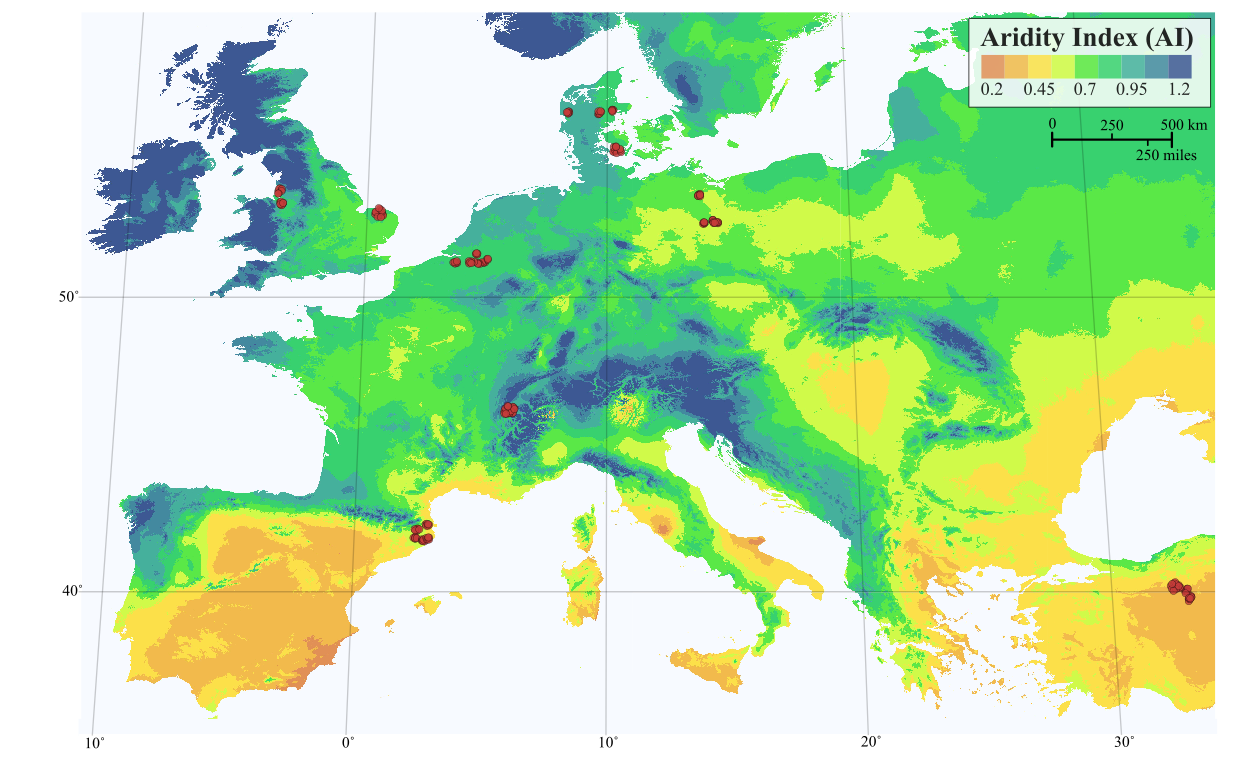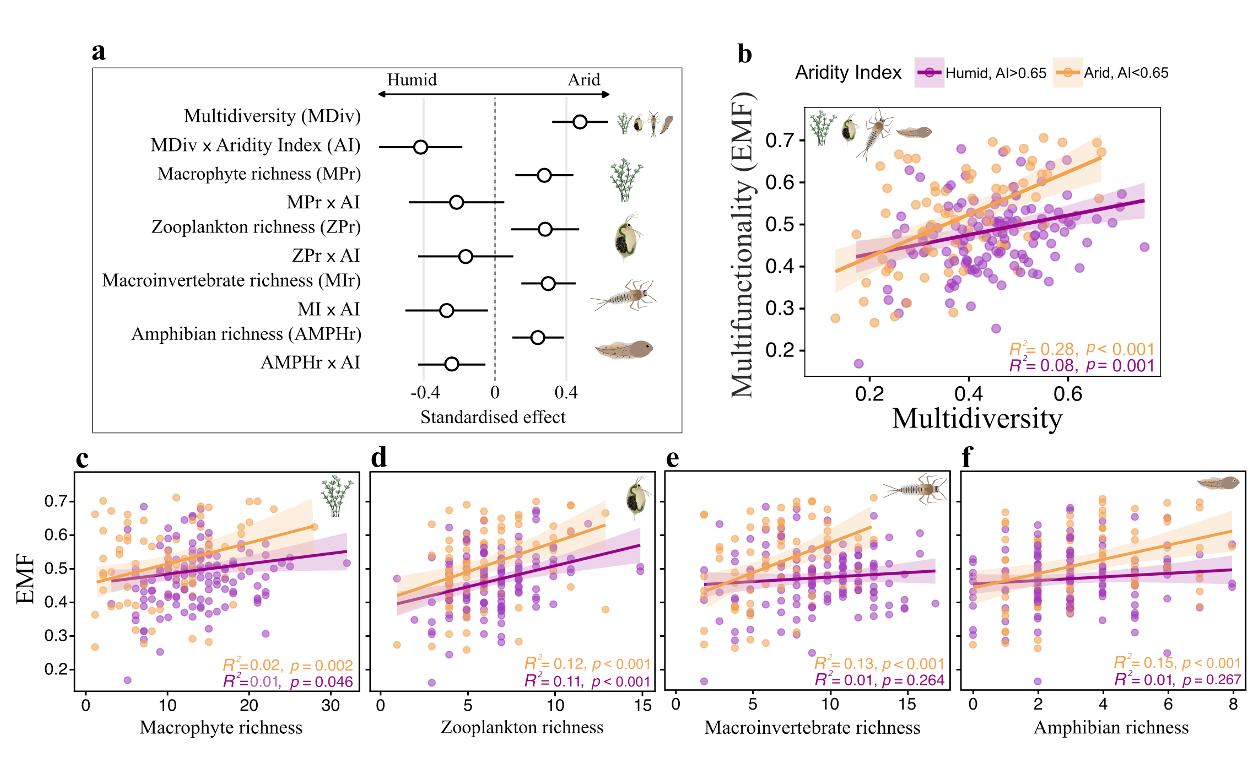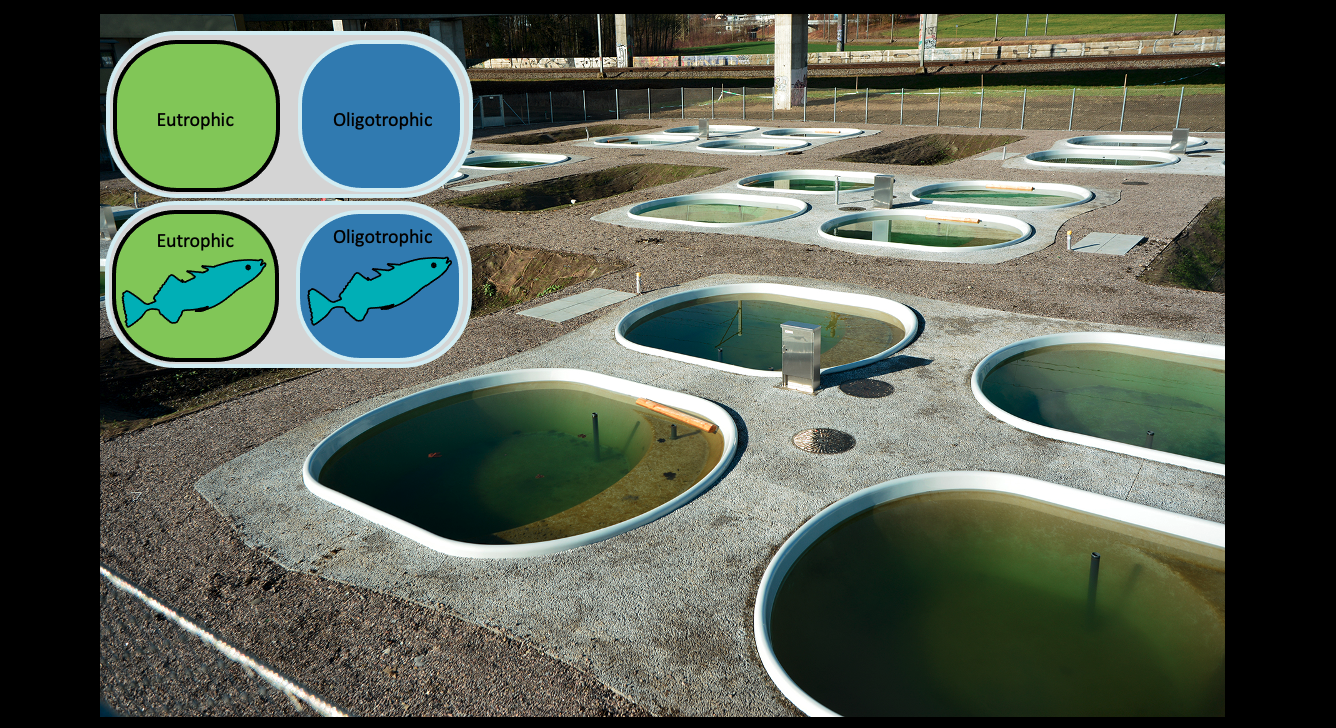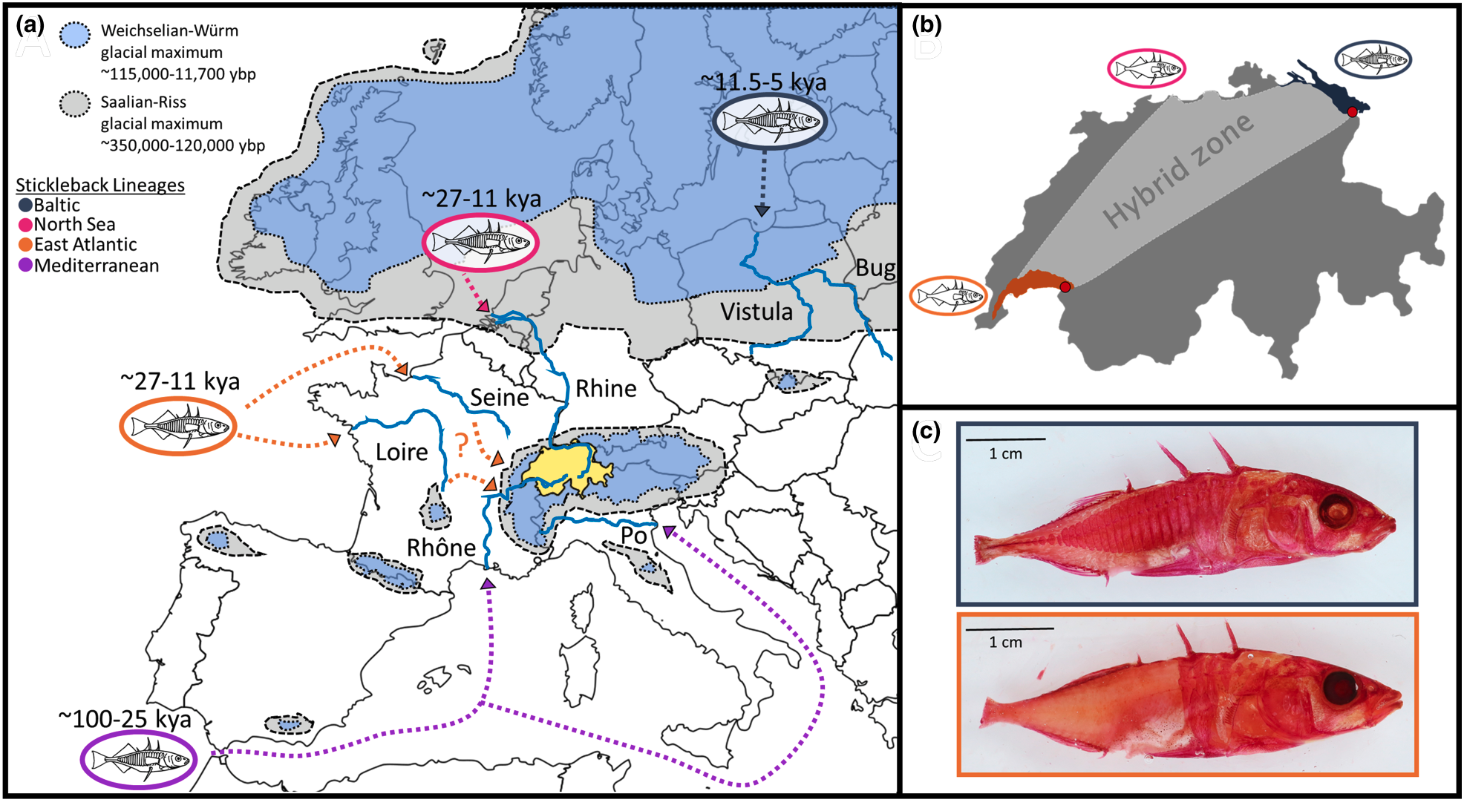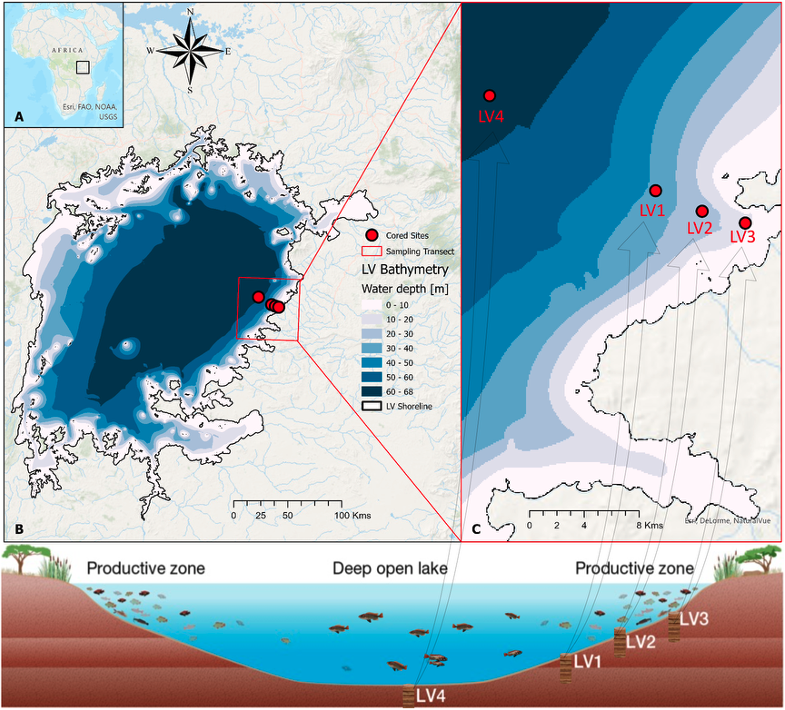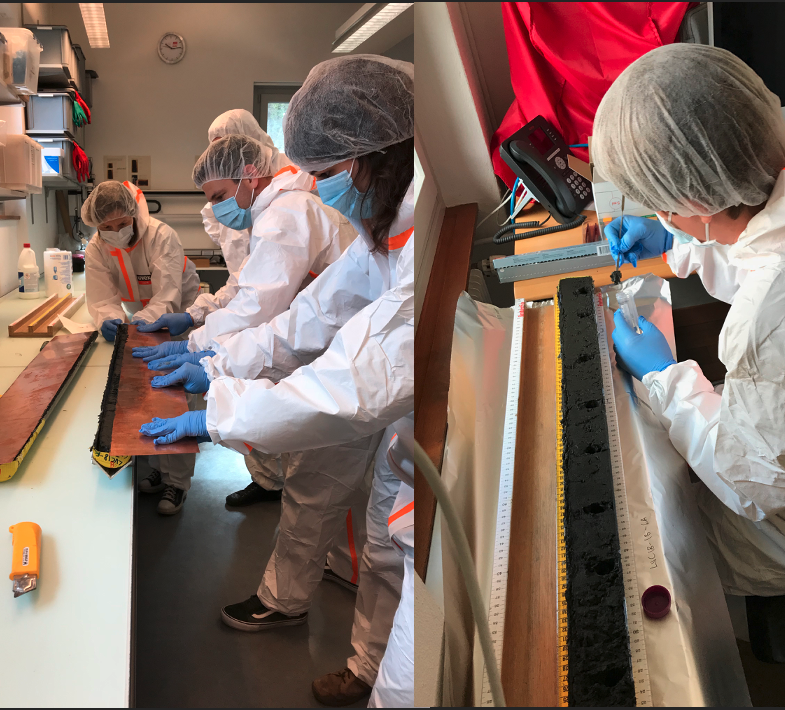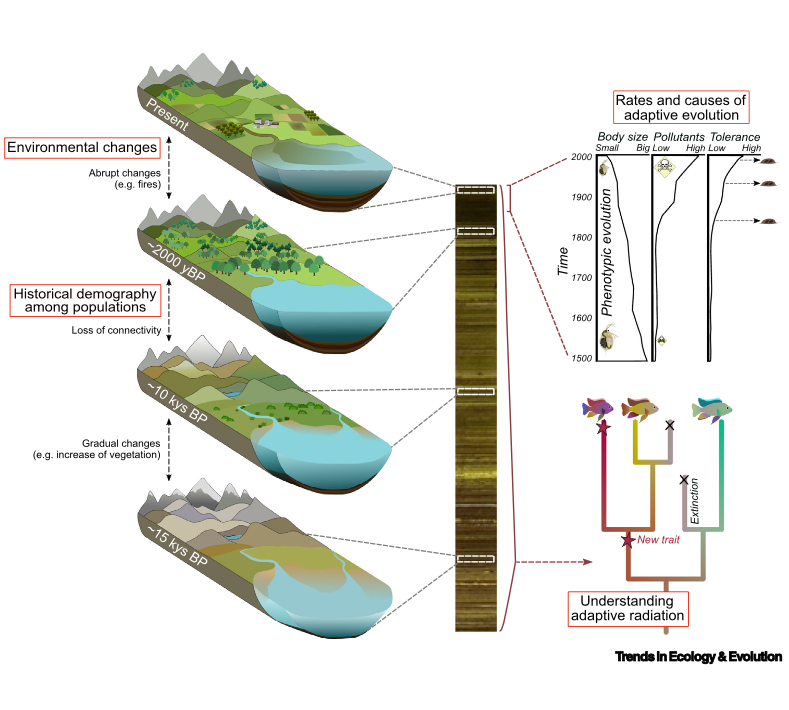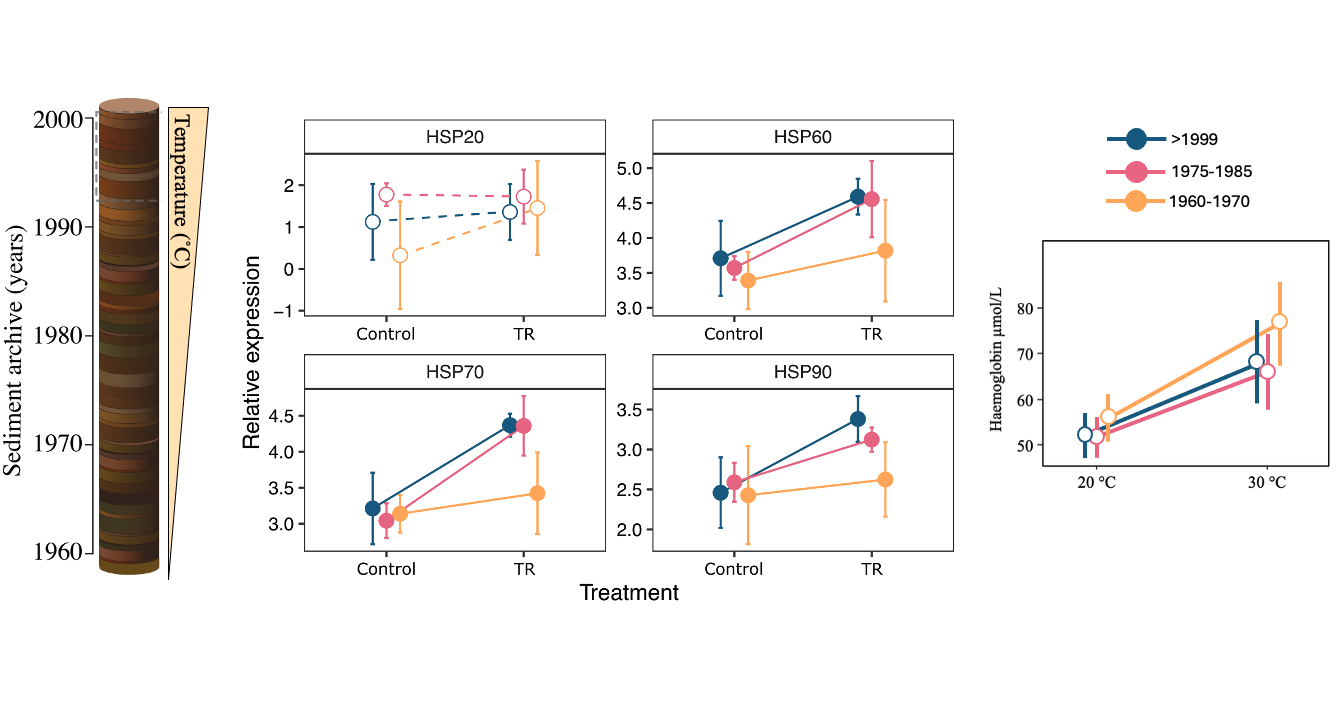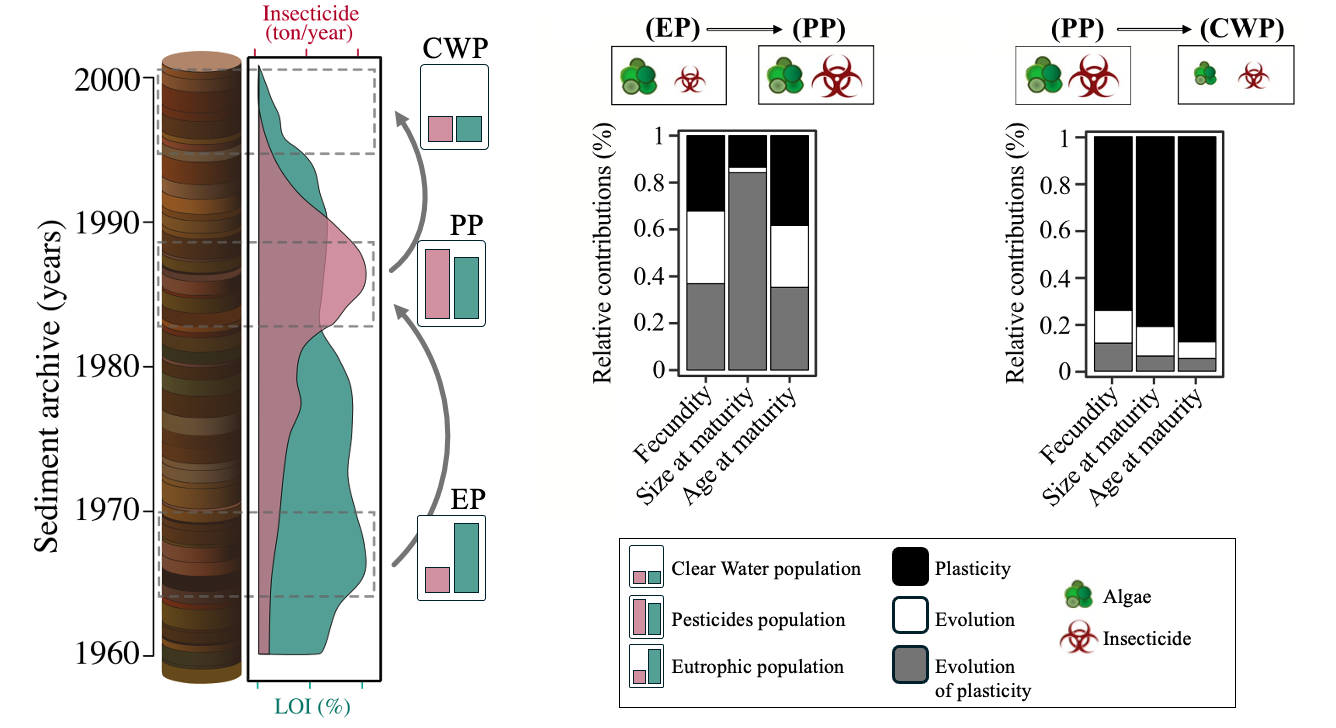Maria Cuenca-Cambronero
Past projects
PONDERFUL
The overarching aim of the PONDERFUL project was to support the improved implementation of ponds and pondscapes as Nature-Based Solutions (NBS) for climate change (CC) mitigation and adaptation, biodiversity conservation, and the delivery of ecosystem functions and services. This goal was achieved through the generation of integrated knowledge on biodiversity, ecosystems, social and economic factors, and policy frameworks, by collecting data on pond ecosystems at both local and international scales. The project was structured around three main objectives: 1) to quantify the contribution of networks of ponds (“pondscapes”) to climate change mitigation and adaptation, and to assess how they deliver key ecosystem services, both directly, and indirectly through enhanced biodiversity conservation; 2) to identify opportunities, cost-effectiveness, and barriers for implementing pond-based NBS for climate adaptation and mitigation; 3) to build the social and ecological knowledge needed to guide the practical implementation of climate-resilient pond systems and pondscapes as blue infrastructure. A major strength of PONDERFUL was its large-scale, stratified sampling campaign, conducted across eight countries in Europe (Belgium, Denmark, Germany, Spain, Switzerland, Turkey, the UK) and one in Latin America (Uruguay).
As part of this project, I led the field sampling campaign in Spain and the data analysis for Work Package 2 (WP2), which aimed to determine how biodiversity, ecosystem state and processes, and ecosystem services (ES) co-vary and interact in ponds and pondscapes across broad climatic gradients. WP2 also investigated how climate change may alter the interrelationships between biodiversity, ecosystem functioning, and service provision. My specific focus was on the biodiversity–ecosystem function (B–EF) relationship and how it varies across gradients of land use and aridity. The results of this work are presented in a manuscript currently under review in Nature Ecology & Evolution. Our findings provide strong evidence that biodiversity makes a significant positive contribution to ecosystem multifunctionality in small, standing freshwater bodies, particularly in arid regions. Furthermore, we found that multiple ecosystem functions are negatively associated with nutrient levels, highlighting the potential benefits of conserving and restoring pond biodiversity to maintain critical ecosystem functions in the context of global environmental change.
- Cuenca-Cambronero, M., Delgado-Baquerizo, M., Avci, F., Bartrons, B., Beklioglum N,m Biggm, J., Boix, D., Buck, T., Davidson, T. A., De Meester, Luc., Fahy, J. C., Greaves, H. M., Lemmens, P., Martin, L., Mehener, T., Oertli, B., Patmore, R. I., Sayer, C. D., Trochine, C., Von Plüskow, L., Wijns, R., Williams, P., Brucet, S. (2025) Biodiversity enhances pond ecosystem multifunctionality across Europe. Nature Ecology and Evolution (Under review)
- Cuenca-Cambronero, M., Blicharska, M., Perrin, A. J., Davidson A.T., Oertli, B., Lago, M., Beklioglu, M., Meerhoff, M., Arim, M., Teixeira, J., Martin, B., Greaves, H., Sayer, D. C., De Meester, L., Biggs, J., Robin, Lemmens, P., J., Boix, D., Mehner, T., Bartrons, M., Brucet B. (2023) Changes and opportunities in the use of ponds and pondscapes and Nature-based Solutions. Invited contribution to the Special Issue of Hydrobiologia, [DOI].
SeeWandel
SeeWandel: Life in Lake Constance – the past, present and future, investigates the impacts of nutrient decline, climate change, non-native species, and other stressors on the Lake Constance ecosystem, its biodiversity, and functioning, as well as the use of lake resources by people.
Within this project, I was involved in sub-project L13, which focused on the ecology and diversity of stickleback in Lake Constance. The goal was to identify the ecological and evolutionary processes underlying the abundance, distribution, and phenotypic variation of stickleback in the lake. My work examined the effects of different eutrophication histories on zooplankton communities using 15,000 artificial pond mesocosms. I further assessed how these communities responded to the introduction of stickleback fish with different evolutionary trajectories, exploring the links between evolutionary background, species interactions, and community structure.
- M.Hudson, H.C., Cuenca-Cambronero, M., Moosamann, M., Narwini, A., Spaak, P., Seehausen, O., Matthews, B. (2023) Environmentally independent selection for hybrids between divergent freshwater stickleback linages in semi-natural ponds. Journal of Experimental Biology, [DOI].
- Moosmann, M., Cuenca-Cambronero, M., De Lisle S., Greenway, R., Lürig, D.M., Hudson, H.C., Matthews, B. (2021) On the evolution of trophic position. Ecology letter, [DOI].
SINERGIA
The SINERGIA project addresses the fundamental question of how biodiversity and ecosystem structure and function influence one another over evolutionary timescales. Lake Victoria serves as the main study site due to its extraordinary diversity of endemic cichlid fish, which have undergone rapid speciation and adaptive radiation over the past 15,000 years. While most previous research has focused on living species, much less is known about historical species assemblages and their environmental contexts. To bridge this gap, the project applies an innovative integrative paleobiological approach, combining paleoecological, paleontological, and paleogenomic reconstructions from sediment cores. By analysing the fossil record of fish, zooplankton, and macroinvertebrates alongside environmental proxies, the project seeks to reveal how biodiversity and ecosystem properties have co-evolved, from a low-diversity system to one of exceptional complexity, and how external drivers, including eutrophication and mass extinctions, have shaped this trajectory.
- Cuenca-Cambronero, M., Courtney-Mustaphi, J.C., Greenway, R., Heiri, O., Hudson, H.C., King, R.L., Lemman, D.K., Moosmann, M., Muschick, M., Ngoepe, N., Seehausen, O., Matthews, B. (2022) An integrative paleolimnological approach for studying evolutionary processes. Trends in Ecology and Evolution, [DOI].
- Ngoepe, N., Wienhues, G., Temoltzin-Loranca, Y., Grosjean, M., King, L., Mathews, B., Cuenca-Cambronero, M., Mustaphi C.C., Kishe, A.M., Mwaiko, S., Muschick, M., Seehausen, O. (2024) A continuous 17Ka fossil record from Lake Victoria reveals key insights into the process of adaptive radiation. Nature, [DOI].
deCode
DeCode aimed to unravel how organisms adapt to environmental change by combining ecological, evolutionary, and molecular perspectives. It used Daphnia as a model organism, a keystone species and one of the best ecological models to study the interplay between phenotypic plasticity, epigenetics, and genetic evolution across hundreds of generations. Daphnia has a unique life cycle with produces dormant egg banks preserved in sediments, enabling the resurrection of historical populations and directly compare ancestral lineages with their modern descendants. This provided an unprecedented opportunity to observe how natural populations evolved in response to anthropogenic pressures such as eutrophication.
In DeCode project, we used experiments, field surveys, and state-of-the-art molecular tools (including genomics, transcriptomics, metabolomics, and CRISPR-based approaches) to trace the regulatory pathways that underlie adaptation and tested mechanistic links between short-term acclimation and long-term genetic fixation. This work generated predictive models of the limits of adaptation in freshwater ecosystems, offering valuable insights into biodiversity resilience under global change. Beyond advancing fundamental knowledge, the findings if the project informed conservation, ecosystem management, and policy decisions aimed at safeguarding biodiversity and ecosystem services.
- Cuenca-Cambronero, M., Delgado-Baquerizo, M., Avci, F., Bartrons, B., Beklioglum N,m Biggm, J., Boix, D., Buck, T., Davidson, T. A., De Meester, Luc., Fahy, J. C., Greaves, H. M., Lemmens, P., Martin, L., Mehener, T., Oertli, B., Patmore, R. I., Sayer, C. D., Trochine, C., Von Plüskow, L., Wijns, R., Williams, P., Brucet, S. (2025) Biodiversity enhances pond ecosystem multifunctionality across Europe. Nature Ecology and Evolution (Under review)i>
- Cuenca-Cambronero, M., Blicharska, M., Perrin, A. J., Davidson A.T., Oertli, B., Lago, M., Beklioglu, M., Meerhoff, M., Arim, M., Teixeira, J., Martin, B., Greaves, H., Sayer, D. C., De Meester, L., Biggs, J., Robin, Lemmens, P., J., Boix, D., Mehner, T., Bartrons, M., Brucet B. (2023) Changes and opportunities in the use of ponds and pondscapes and Nature-based Solutions. Invited contribution to the Special Issue of Hydrobiologia [DOI] .

